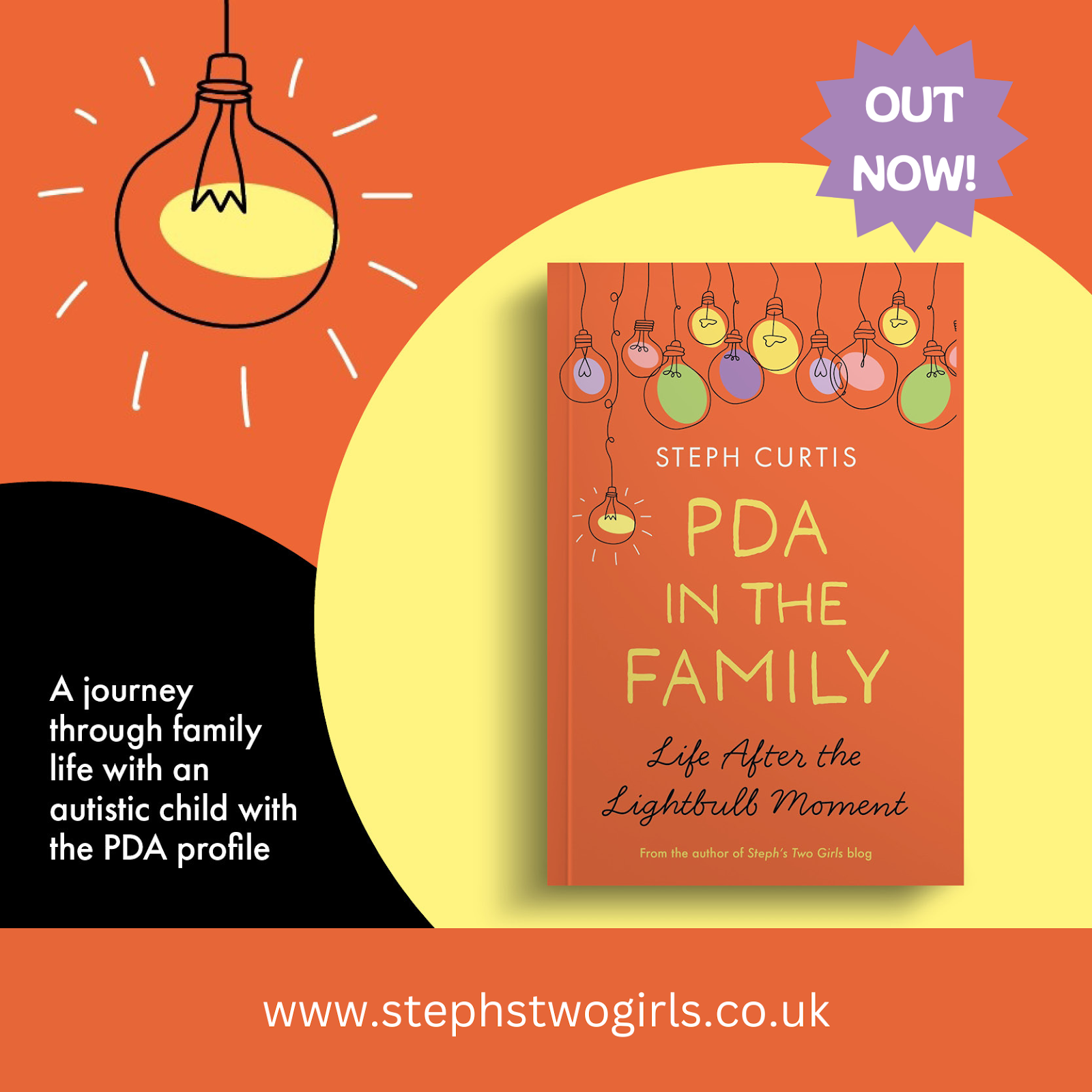The Educator's Experience of Pathological Demand Avoidance is the latest book about the PDA profile of autism to hit the shelves. Written by Laura Kerbey, a specialist teacher who is now an education and autism consultant, this book is a clear and practical guide for any education professionals who are working with PDA learners. I highly recommend it for parents too - read on to find out why!
Illustrated throughout by very talented Eliza Fricker, author of The Family Experience of PDA and Can't Not Won't, this book is another that had me nodding vigorously in recognition of similar experiences. Laura draws on her years working with students who she describes as being 'unlike any others' she had worked with, and opens the book by stating these students "perplexed me, intrigued me, frustrated, baffled me and, at times, scared me. I thought I knew about autism but these students always seemed to be one step ahead of me."
I worked in an environment where so many students needed structure, routine, rewards and predictability.
But these students needed novelty, they needed spontaneity, they needed control, they needed trust and they needed autonomy.
These words point to one of the reasons I first stumbled across the words Pathological Demand Avoidance years ago, in the months following our daughter's autism diagnosis. They sum up her differing needs compared to some other autistic individuals, and explain what she needed both in terms of life at school and for parenting at home. She needed a completely different approach to the one we had used with her older sister.
There are 16 chapters in this book, covering the following:
2. Making connections.
3. The antidote to anxiety is trust.
4. The importance of humour
5. Non-verbal language – the silent trigger!
6. The power of choices.
7. Wondering, learning together, and sharing demands…
8. Weaving in interests and learning from each other.
9. Praise and rewards.
10. Reducing pressure and picking your battles.
11. Be flexible enough to bend so that neither of you breaks.
12. Blame the government!
13. Using empathy and validation.
14. Choose your words carefully.
15. The importance of self-care and looking out for each other.
16. The importance of collaboration – working with parents and other professionals.
One of the illustrations I love the most in this book is this one. There's an image of a person inbetween two buckets, with the question "how important is it?" above. Then various notes falling into the bins either side, such as 'coat on', 'writing with pen or pencil', 'seatbelt' and 'crash helmet'. This reminds me of my own daily mantra that I have had to learn since living with PDA: "does it really matter?" We tend to filter out what the priorities really are, in order to achieve the important ones.
I think this book will be extremely helpful to educators but would also be great for parents of PDAers. Laura validates all of our experiences and manages to describe our children in such a positive manner. Weaved between the pages is a great explanation of the difference between Pathological Demand Avoidance and other autistic profiles, and I know this book is one that parents might want to read then pass on to help others understand. Published by the great team at Jessica Kingsley Publishers who are making great waves in terms of the available literature on PDA (my book with JKP will be published at the beginning of next year!).
Available to purchase now via Amazon: The Educator's Experience of Pathological Demand Avoidance.
*This post contains affiliate links and I may receive a small commission if you click and buy. It won't cost you any extra*
Our book, PDA in the Family, is out now! We wanted to help other people understand more about Pathological Demand Avoidance and the book was one way of doing that. It's an account of our family life since the day we were told our younger daughter is autistic. It covers diagnosis, the subsequent lightbulb moment we had when we heard about PDA, education, relationships and more.
























No comments:
Post a Comment
Comments are always very much appreciated and can really help the conversation go further...